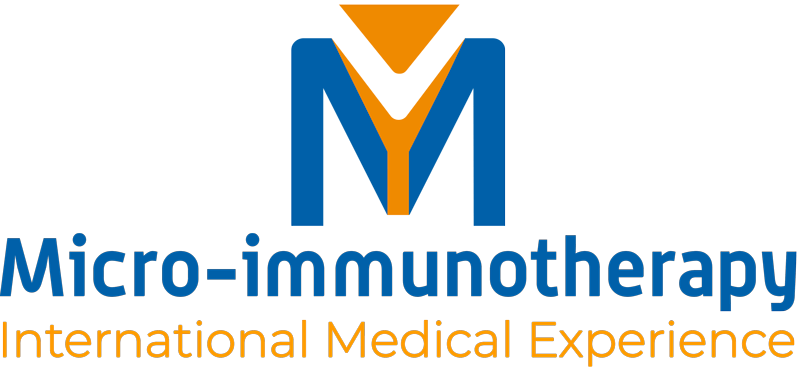(If you click on it, you will go directly to that section of the post)
What Are Allergies?
Hay fever, allergic dermatitis, conjunctivitis or allergic asthma, are some of the allergic disorders affecting approximately 60 million people only in Europe. But what are allergies?
An allergy is an excessive reaction of the immune system to generally harmless environmental substances called “allergens”. Common allergens include:
– Pollen (hay fever)
– Dust
– Pores
– Mites
– Wool
– Chromium
– Nickel
– Food (e.g. nuts, milk protein, apples)
– Medication (e.g. penicillin)
The immune system identifies these substances as harmful and initiates an inflammatory reaction that involves different immune cells and transmitters. Allergic reactions can be traced back to an immune imbalance. Although their cause, the allergen, cannot be eliminated, the immune response to it (excessive inflammation) can be modulated by training it back to efficiently reestablishing homeostasis, thus significantly dampening the inflammatory reaction and reducing allergy symptoms to their minimum. As we will see, micro-immunotherapy is aimed at this objective.
Why Are Allergies On The Rise?
Allergies are not genetic diseases as such. There is a hereditary component that makes a person more susceptible to developing an allergy. However, the causes of allergies are primarily environment-related. This is seen in the fact that allergies have increased sharply in the last decades, partly due to our modern lifestyle, with high stress levels, strong environmental toxins and an unhealthy diet as well as lack of exercise, all of which contribute to immune dysregulation. Globalisation also contributes to sensitisation to individual allergens – by traveling we come into contact with allergens that are not or only very slightly present in our home country. Climatic conditions also have an influence on allergies, as pollen counts become more intense, for example.
Allergy Symptoms
From an immunological point of view, allergy symptoms result from an excessive reaction of the immune system. As soon as the allergen is detected in the body, the immune system goes on alert and sets defence mechanisms in motion. As with many diseases, it reacts primarily with inflammatory processes directed at combating the substances misidentified as “harmful”. For allergy sufferers, this manifests itself in familiar symptoms such as:
– Swollen mucous membranes
– Itching
– Burning
– Sneezing
– Sore eyes
– Skin reactions
Behind The Symptoms: The Allergic Immune Response
Looking at the allergic reaction under the magnifying glass is important to understanding the steps involved and adapting therapeutic strategies accordingly. Broadly speaking, allergic reactions unfold in two stages:
First contact:

Initial contact is usually asymptomatic. The allergen is misidentified as harmful and antibodies are produced.
Second contact:

Upon renewed contact, the allergen binds to the antibodies. Mast cells are activated and trigger excessive defence reactions (inflammation), which manifest themselves in the typical allergy symptoms.
The excessive inflammatory response is the cause behind allergy symptoms. Modulating this response is essential to bringing allergic reactions under control and reducing the symptoms to their minimum. This is where micro-immunotherapy comes into play.
Addressing Allergies at Their Core with Micro-immunotherapy
Micro-immunotherapy is a low-dose immunotherapy aimed at bringing the natural processes of the immune defence back into balance. Unlike other immunotherapies, micro-immunotherapy uses immune mediators (primarily cytokines) in low doses, whereby it is well-tolerated and rarely has any side effects.
In allergies, micro-immunotherapy’s sequential transmission of information is aimed at rebalancing the inflammatory response causing allergic symptoms, thus contributing to reducing their duration and intensity. It influences the allergic reaction on various levels, retraining the immune system to react to allergens appropriately, thus preventing an excessive inflammatory response. It can be used both for prevention and treatment and is suited for all age groups.
